Arduino is not just a buzzword in the world of DIY electronics but a game-changer for beginners and enthusiasts alike. This microcontroller platform provides an excellent entry point into the exciting realm of electronics and programming. In this article, we’ll explore Arduino adventures and unveil the potential they hold for newcomers.
Introduction
What is Arduino?
Arduino is an open-source electronics platform based on user-friendly software and hardware. It enables you to create interactive electronic projects, from simple LED blinkers to complex robots and IoT devices.
The Appeal of DIY Electronics
The DIY electronics movement has gained immense popularity due to its hands-on nature and limitless possibilities. Arduino embraces this spirit, allowing beginners to explore electronics without a steep learning curve.
Chapter 1: Getting Started with Arduino
Choosing the Right Arduino Board
Selecting the right Arduino board for your project is crucial. The Arduino Uno is a great choice for beginners, offering a wide range of features and an extensive online community for support.
Essential Components
To kickstart your Arduino adventure, you’ll need some essential components such as LEDs, resistors, breadboards, and jumper wires.
Chapter 2: Setting up the Arduino Environment
Installing the Arduino IDE
The Arduino Integrated Development Environment (IDE) is where you write and upload code to your Arduino board. It’s easy to install and available for Windows, Mac, and Linux.
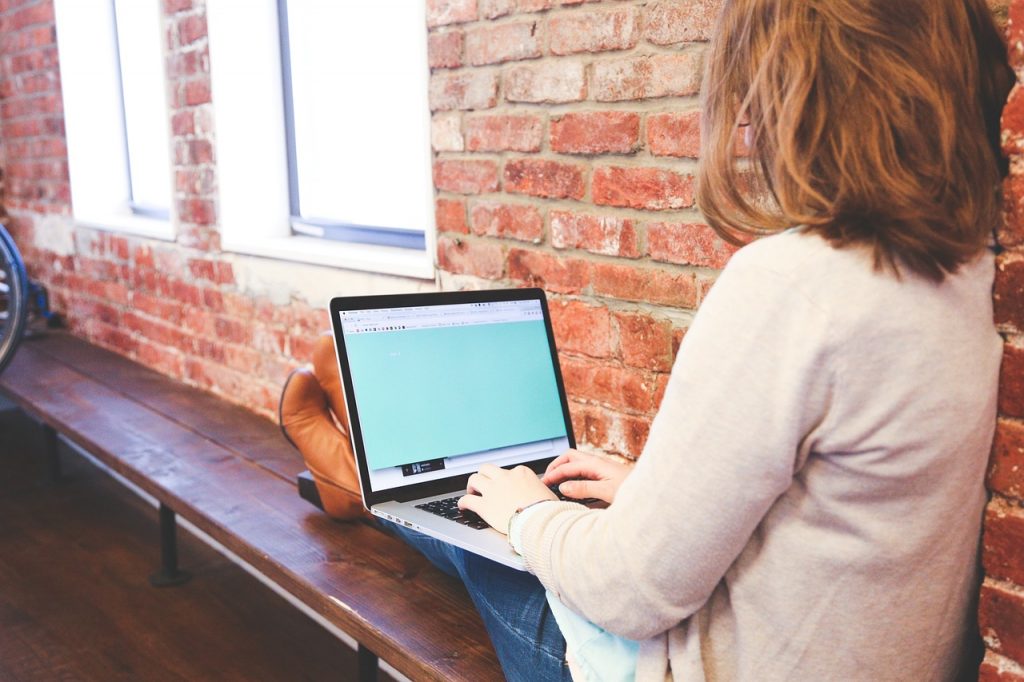
Configuring the Board
Before you can start coding, you’ll need to configure your Arduino board using the correct settings in the IDE.
Chapter 3: Your First Arduino Project
Blinking an LED
Your first project will be as simple as making an LED blink. It might sound basic, but it’s a fundamental step in understanding how to control electronic components with Arduino.
Writing Your First Code
You’ll learn to write Arduino code in a language similar to C/C++. We’ll start with a basic “Hello, World!” program for electronics.
Chapter 4: Expanding Your Horizons
Exploring Sensors and Modules
Arduino supports various sensors and modules. You’ll dive into projects like temperature sensing and ultrasonic distance measuring.
Building a Simple Robot
Creating a basic robot is a fun and educational project. Learn about motor control and sensors while you build your robot.
Chapter 5: Troubleshooting and Debugging
Common Issues and Solutions
As a beginner, you’ll encounter common problems. We’ll discuss issues like incorrect wiring and how to resolve them.
Debugging Tips
Debugging is a crucial skill. You’ll learn how to use debugging tools and techniques to diagnose and fix errors in your projects.
Chapter 6: Connecting with the Arduino Community
Online Resources and Forums
The Arduino community is vast and supportive. Explore forums, blogs, and YouTube channels to learn and collaborate with fellow enthusiasts.
Collaborative Projects
Joining collaborative projects is a fantastic way to apply your skills and learn from others while contributing to open-source initiatives.
Chapter 7: Safety Precautions
Handling Electronic Components Safely
Safety is paramount. We’ll discuss how to handle electronic components without damaging them or risking your safety.
Avoiding Common Mistakes
Mistakes happen, but knowing how to prevent and rectify them will save you time and frustration.
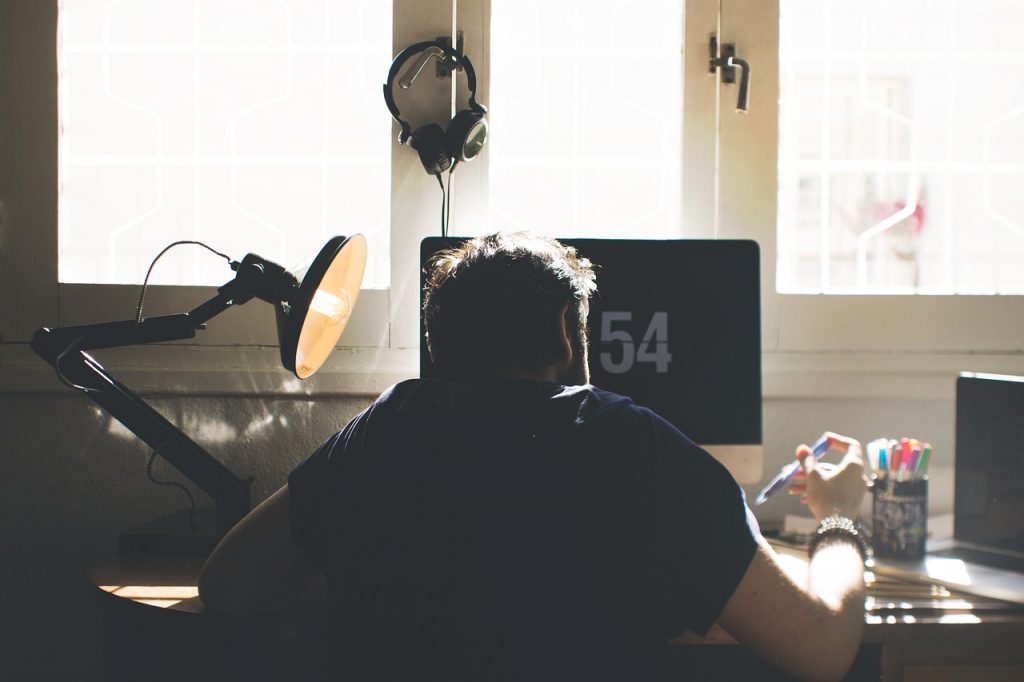
Chapter 8: DIY Electronics Projects
Creating a Digital Thermometer
We’ll guide you through building a digital thermometer, a practical and informative project.
Building an Automatic Plant Watering System
Explore the world of home automation by creating a plant watering system with Arduino.
Chapter 9: Future Possibilities
Career Opportunities
Arduino proficiency can lead to various career opportunities, including electronics engineering and IoT development.
Advanced Projects
Discover advanced projects like home automation, wearable technology, and IoT applications.
Conclusion
In this article, we’ve scratched the surface of the Arduino adventure for beginners. The world of DIY electronics is wide and inviting, and Arduino is your key to unlocking its potential. Start your journey today and see where your creativity and knowledge take you.
FAQs
What is the cost of starting with Arduino?
The cost can vary but typically ranges from $20 to $50 for a basic setup, including an Arduino board and essential components.
Is programming knowledge necessary?
No, it’s not necessary. Arduino’s user-friendly environment and extensive online resources make it accessible for beginners with little to no programming experience.
Can kids enjoy Arduino projects too?
Absolutely! Arduino projects are a fantastic way to introduce kids to electronics and programming in a fun and educational manner.
What’s the average time to complete a project?
The time depends on the complexity of the project. Simple projects can be completed in a few hours, while more complex ones may take several days or weeks.
Where can I buy Arduino components?
You can purchase Arduino components from online retailers, local electronics stores, or even directly from the Arduino website.
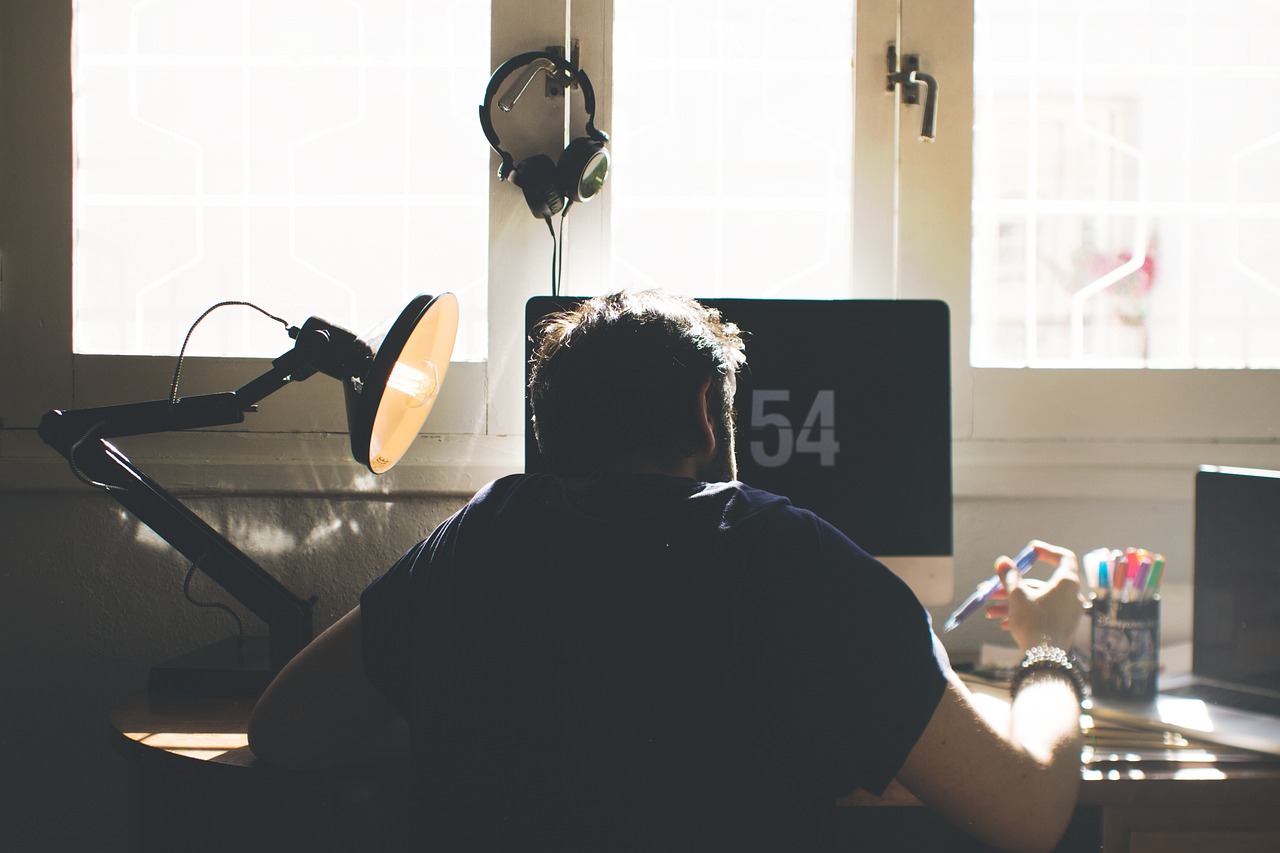
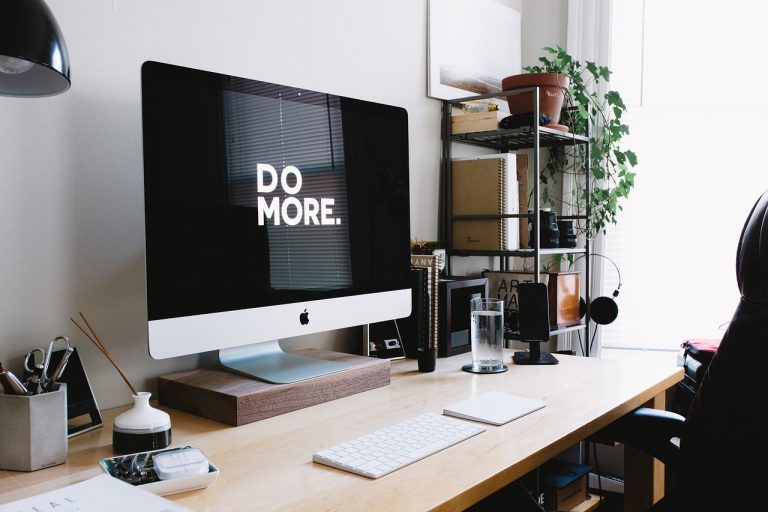

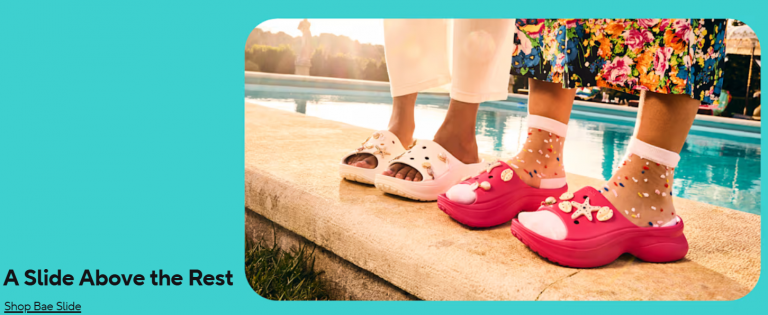

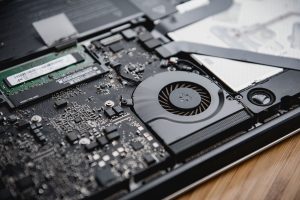

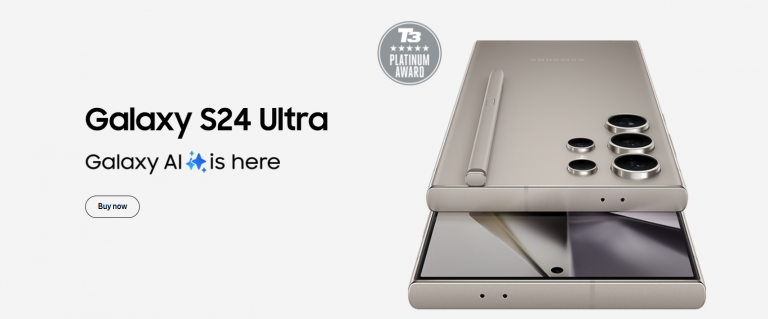
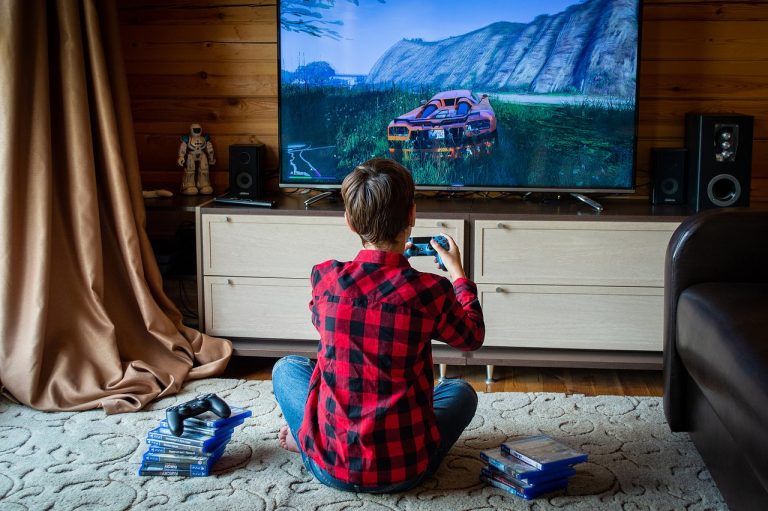

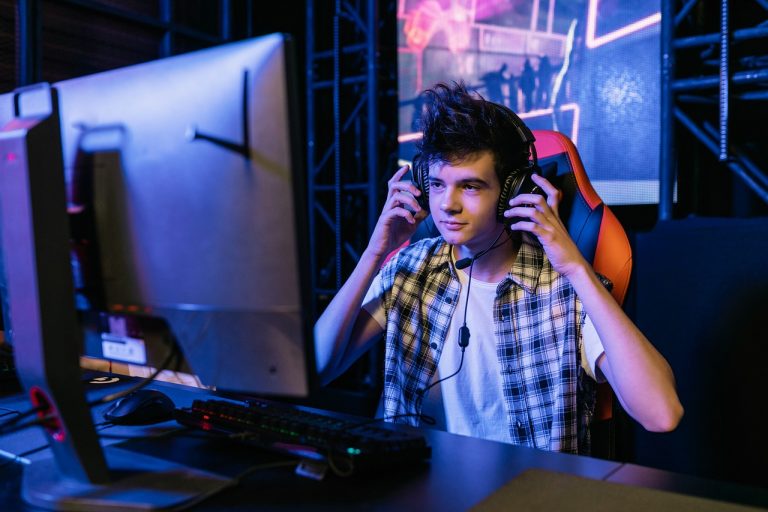
+ There are no comments
Add yours